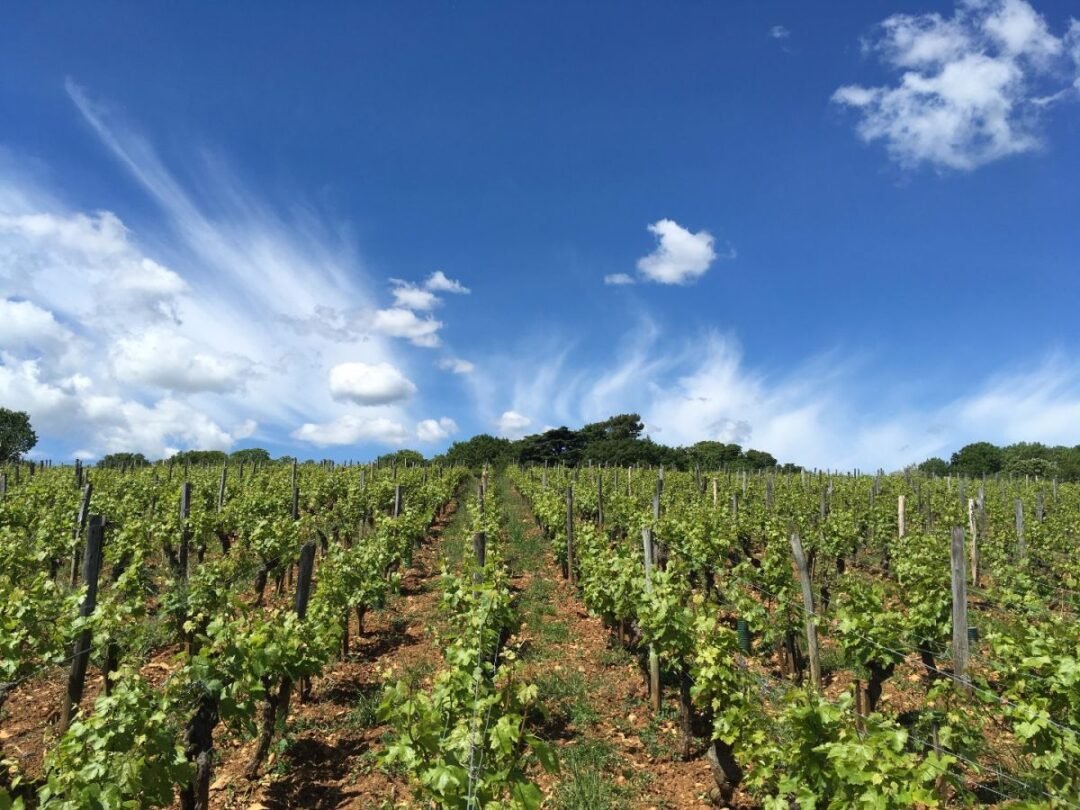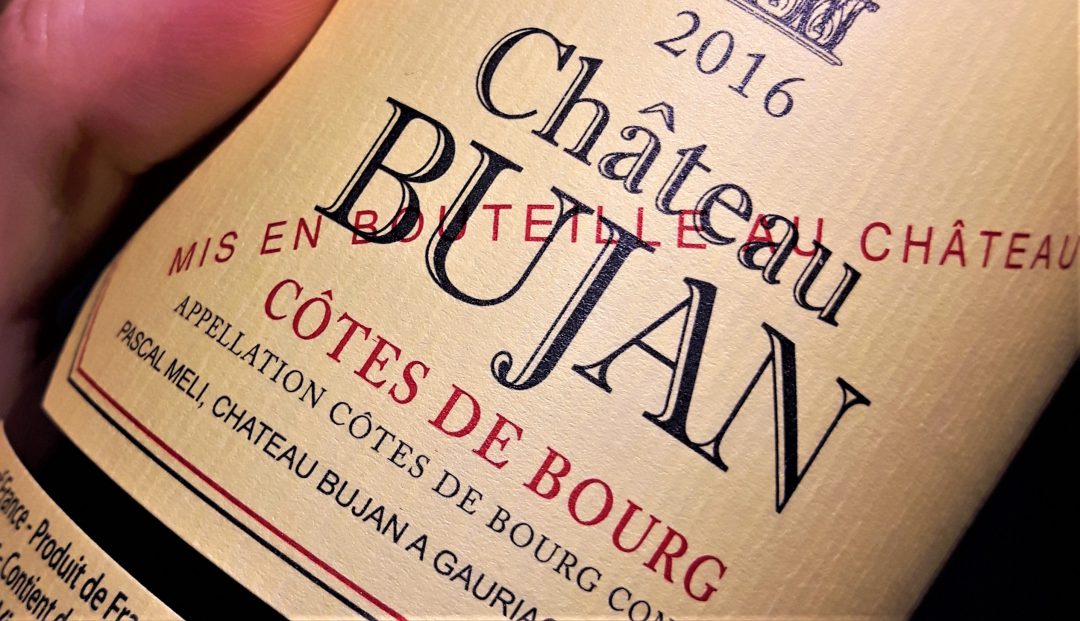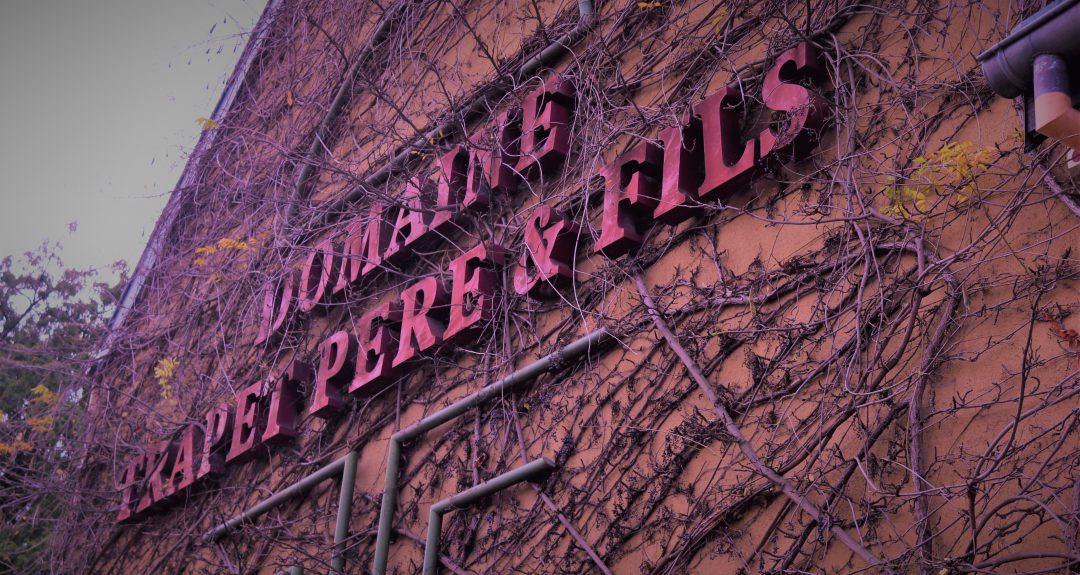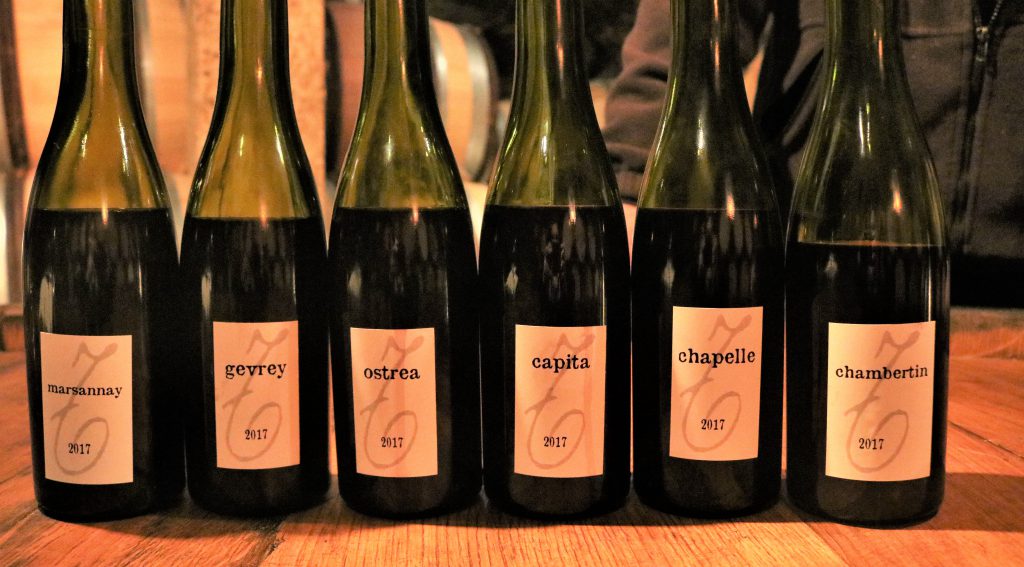Nearly a decade in the making, the Pouilly-Loché and Pouilly-Vinzelles Premier Cru terroirs are finally approved. From the 2024 vintage onwards, four climats can proudly bear the 1er Cru mention on their labels.
In an exciting development for the Mâconnais region, Pouilly-Loché and Pouilly-Vinzelles Premier Cru climats have have officially been granted, elevating some of the appellations’ finest vineyards to the ranks of Bourgogne’s most distinguished terroirs.
Four years after the granting of Pouilly-Fuissé Premier Crus, the best climats of Pouilly-Vinzelles and Pouilly-Loché have finally joined their ranks. This long-anticipated recognition is part of a broader initiative to refine the identity of the Mâconnais, a region historically overshadowed by its northern counterparts in the Côte de Beaune and Côte de Nuits.
The Newly Recognized Pouilly-Loché & Pouilly-Vinzelles Premier Crus
Pouilly-Loché is celebrating its first Premier Cru with the approval of Les Mûres, an 8-hectare site. Known for its limestone-rich red soils soils and southeast exposure, Les Mûres produces wines with distinctive freshness, precision, and lingering salinity, setting a high standard for the appellation.
In Pouilly-Vinzelles, Premier Crus were awareded to three climats: Les Quarts, Les Longeays, and Les Pétaux. Together, these vineyards cover 22 hectares. Les Quarts is revered for its powerful, structured wines derived from its rocky limestone terroir. Les Longeays, with its gentle slope and cooler microclimate, produces more refined, mineral-driven expressions, while Les Pétaux, known for its slightly deeper soils, offers a balanced, fruit-forward profile.
Stricter Production Rules for Premier Cru Sites
With Premier Cru status comes a heightened level of rigour in vineyard and winemaking practices. Yields are now capped at 56 hectolitres per hectare, lower than the 60 hl/ha allowed for village-level wines, ensuring concentration and complexity.
Additionally, the minimum alcohol requirement has been raised, and stricter pruning and vine density regulations have been introduced to enhance quality. Manual harvesting is also obligatory. These measures align Pouilly-Loché and Pouilly-Vinzelles with the prestigious standards of Bourgogne’s other Premier Crus.
Why Did Recognition Take So Long?
The road to Premier Cru status for Mâconnais wines has been a slow journey, in part due to historical and geopolitical reasons. During World War II, the line of German occupation—the “Vichy Line”—divided France. With the German army controlling the northern part of France, there was a pressing need to protect the identity and value of Chablis and Côte d’Or vineyards.
By formally naming and classifying the best climats as Premier Crus, winemakers could establish a legal framework that safeguarded their wines from being commandeered or devalued by occupying forces. The southern Mâconnais region, situated in the Free Zone, did not face the same immediate threat. Consequently, the urgency to classify its vineyards was far less pronounced.
This delay in recognition left the Mâconnais overlooked for decades, with its vineyards remaining unclassified despite their potential. Only in recent years, after a push to highlight the region’s unique terroirs and elevate its reputation, has the Mâconnais begun to catch up.
Moreover, the Mâconnais was traditionally seen as a source of simple, affordable wines rather than prestigious terroir-driven bottlings. It wasn’t until the 1980s and 1990s that growers began focusing on quality over quantity, shifting perceptions and prompting the region to seek recognition for its unique vineyards.
A New Chapter for the Mâconnais
The formal approval of these new Pouilly-Loché and Pouilly-Vinzelles Premier Cru climats signifies a growing acceptance of the Mâconnais as a serious player in Bourgogne’s hierarchy. This recognition not only elevates the status of Pouilly-Loché and Pouilly-Vinzelles but also paves the way for future Premier Cru classifications in nearby appellations like Saint-Véran and Viré-Clessé.




